Urban transport policies
The key component of MOMOS is represented by the features offered for the selection of urban mobility policy measures and their adaptation to the study context. The measures included in MOMOS are of different nature, covering comprehensively the range of options toward sustainable mobility. Their selection has been based on recent important European programs and projects such as CIVITAS, EPOMM, ELTIS and EIT.
Measures can be simulated individually or can be used to build policy packages activating multiple measures. Importantly, MOMOS has some pre-coded values for all kinds of measures. Still, the model allows to specify more precise values that better reflect the characteristics of the urban area under consideration. For each measure it is possible to set a proper starting year, the intensity of application (e.g., the additional km of cycling network), as well as a ramp-up period (if relevant) to consider the years required for its full implementation.
Therefore, intervention strategies can be designed in a comprehensive way, considering also the temporal dimension, assuming that some policies will be implemented first while others at a later stage. When combined, the policies have a mutual influence on each other: they affect in the end the same variables in the model (e.g., transport cost, transport time, mode split, vehicle stock, etc.) and can smooth or amplify the impacts with respect to the individual application.
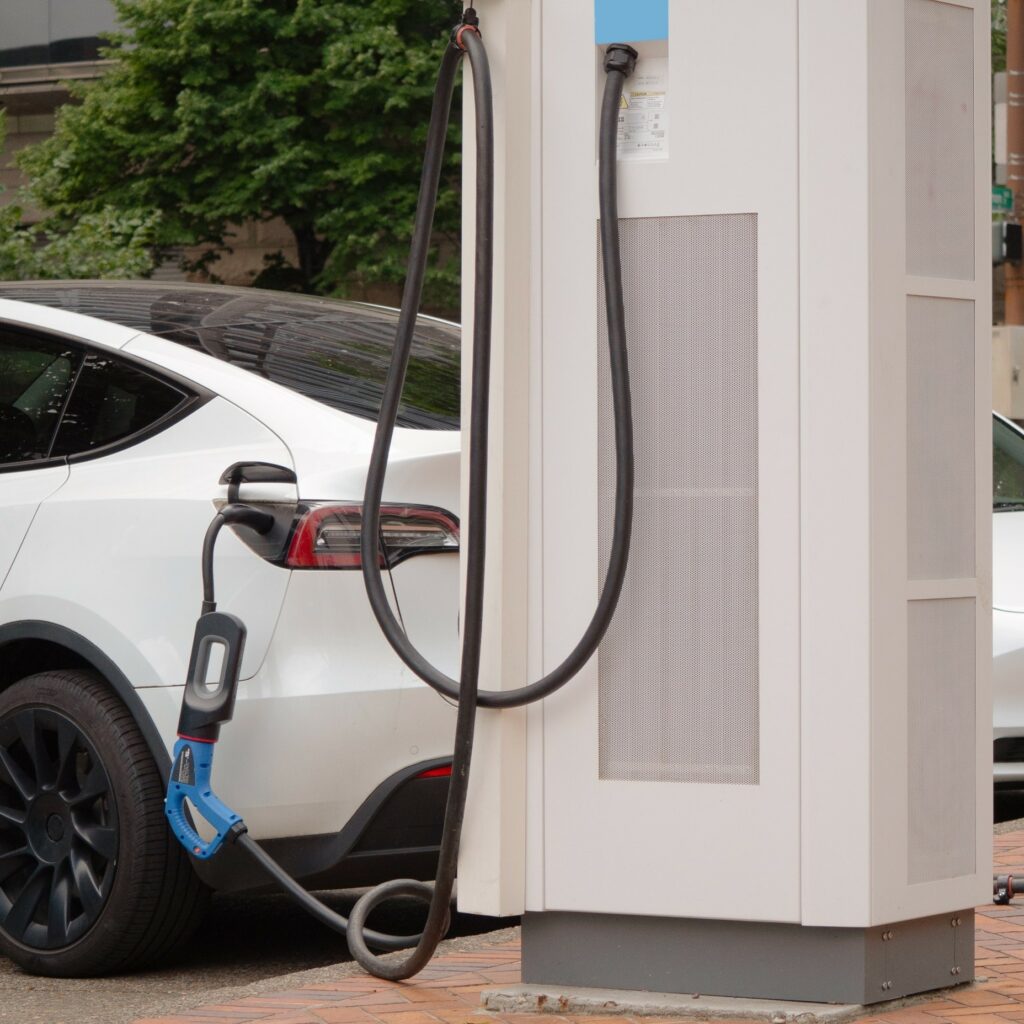
Vehicle Fleet and recharging infrastructure
Fleet renewal and electrification can be accelerated by the introduction of electric or hydrogen charging stations, regulations governing the purchase of new private vehicles (such as conventional fuels ban), municipal, regional or national subsidies to support greening of public transport vehicle fleet or freight vehicles for logistic distribution. The diffusion of Cooperative Intelligent Transport Systems is also affecting vehicle fleet and expected to improve safety and efficiency in road transport.
Uptake of Electric cars and moped (subsidies, regulation, etc.) ■ Phase-out of fossil fuel vehicles ■ Electric energy refueling infrastructure ■ Hydrogen energy refueling infrastructure ■ Green public transport fleet ■ Green logistics fleet ■ Cooperative ITS
Innovative and shared mobility services
Shared mobility refers to the shared use of cars, bicycle, or other transportation modes, allowing users to access transportation services on an as-needed basis. Shared mobility encompasses in the model a variety of transportation modes including carsharing, bike-sharing, moped sharing and micromobility. Those services could be further enhanced when innovative strategies such as MaaS are implemented, integrating various forms of mobility services into a single and comprehensive format. Demand-responsive transport (DRT) is another innovative service to capture demand in areas where standard public transport cannot be very effective (e.g., low density areas, peripheries, etc.). The advent of autonomous-vehicle (AV) technology promises to provide innovative urban mobility services, able to shape in a different way transportation in our cities.
Bike sharing ■ Car sharing ■ Moped sharing ■ Shared Micro mobility ■ MaaS (Mobility-As-A-service) ■ DRT (Demand Responsive Transport) ■ Legal and regulatory framework of new mobility services ■ Shared autonomous car vehicles ■ Autonomous bus vehicles
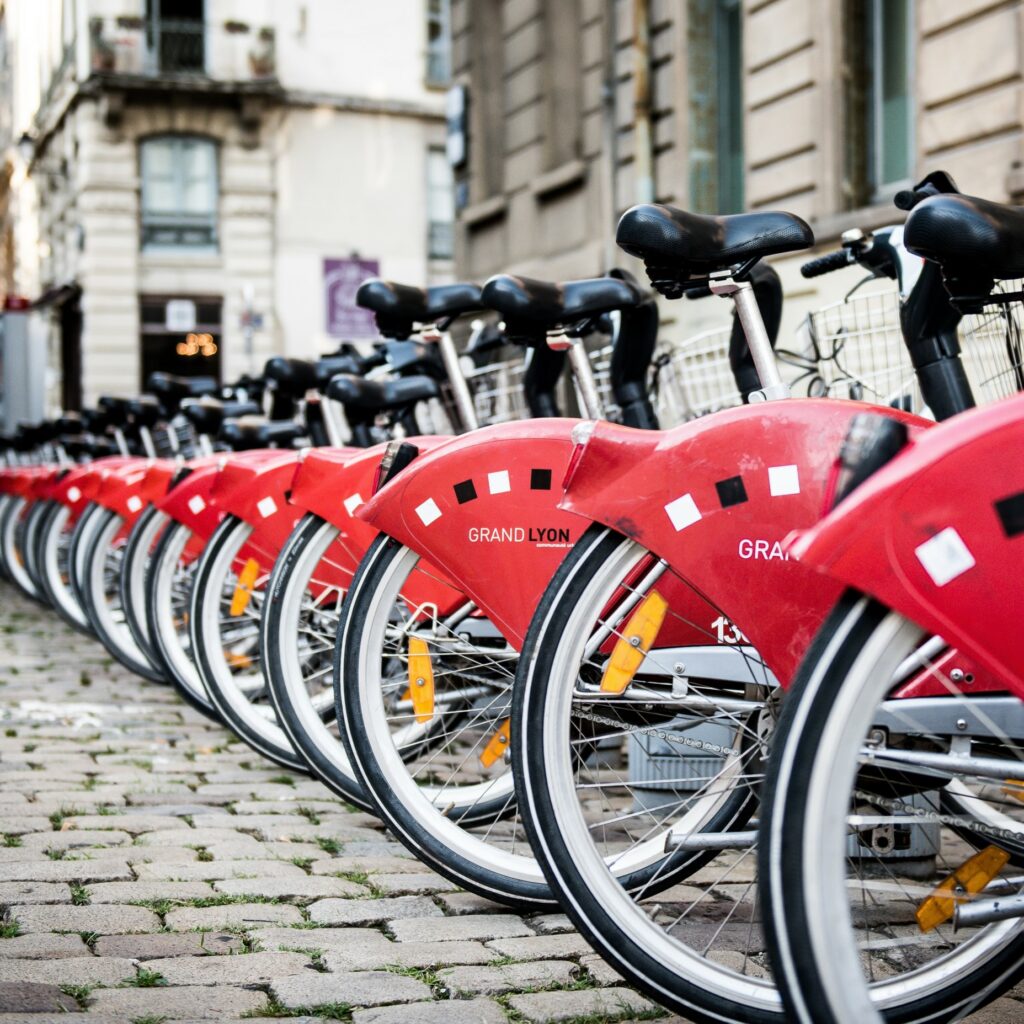
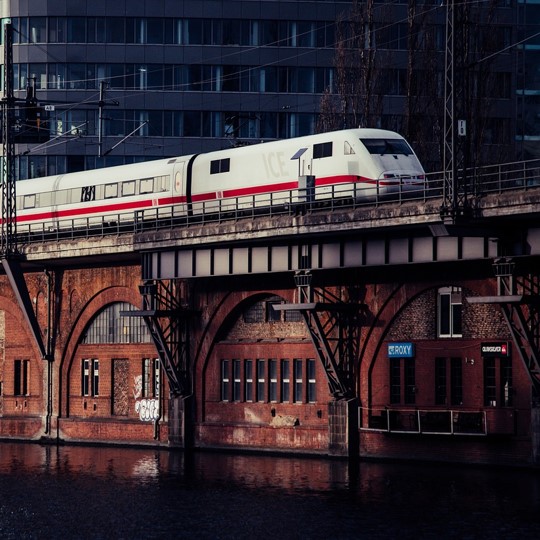
Transport infrastructure
Investing in bike lanes to create extensive networks of protected paths is among the core measures to support and promote cycling within urban areas. Similarly, there is an increased need for walking and places to walk. Existing public transport network can be improved, implementing new lines or higher frequencies for bus, tram and metro. Policies to manage incoming trips of city users in the area focus on Park&Ride facilities and their connection to public transport and shared mobility services.
Cycling network ■ Bus network and service ■ Tram network and service ■ Metro network and service ■ Park & Ride
Transport avoidance
The pathways toward sustainable mobility could also include measures aiming at transport avoidance. Working from home has become a relevant topic especially after COVID-19 disease, leading to benefits for road congestion in urban areas. Additionally, car-free days are more and more implemented to reduce congestion and air pollution, encouraging people to use alternative modes, such as bikes or public transport. Online shopping is a trend decreasing the need for physical travel to purchase goods, although implying complementary counter-effect on freight delivery services.
Working from home ■ Car-free days ■ Online shopping ■ Sustainable travel information and promotion


Pricing schemes
Pricing schemes can successfully manage travel demand, reducing congestion and travel time, and thus CO2 and air pollutant emissions. Congestion and pollution charging, as well as parking pricing, can influence transport behaviour through changes in travel distance, number of trips and transport modes, supporting reduction of private and freight motorized vehicle usage in urban areas. Dedicated tariffs or discount for low and zero emission vehicles can be applied.
On the other hand, policies designed to reduce public transport cost for some segments of population and/or provide integrated ticketing can incentivize travel by public transport.
Congestion and pollution charging ■ Parking pricing ■ Public transport fare and integrated ticketing
Traffic management and control
Policies related to traffic management and control can support achieving objectives of sustainable mobility in urban areas.
By prioritizing public transport, buses are more rapid and less affected by congestion, making the service more competitive and attractive. Pedestrian areas are essentials for a city more focused on the citizen’s needs, making pedestrian trips easier and safer. The use of private cars, vans and heavy trucks can be disincentivized with the implementation of Limited Traffic Zones (LTZ), Low Emission Zone (LEZ) and traffic calming areas. The objective is achieved by regulating access to most vehicles (such as LTZ), specific vehicles categories (as LEZ), or implementing speed limits designed to slow traffic and make roads safer for all users.
Prioritizing public transport ■ Limited traffic zones (LTZ) ■ Low emission zones (LEZ) ■ Traffic calming ■ Pedestrian areas
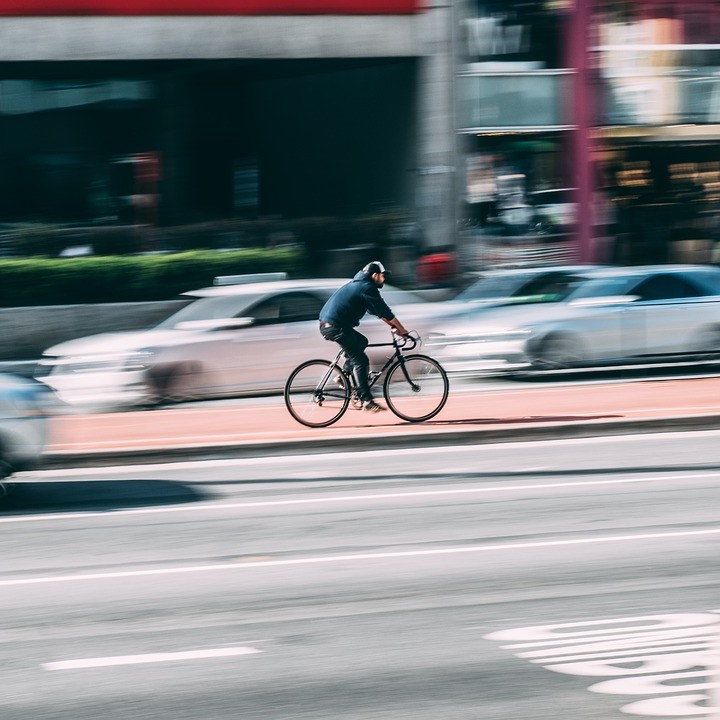
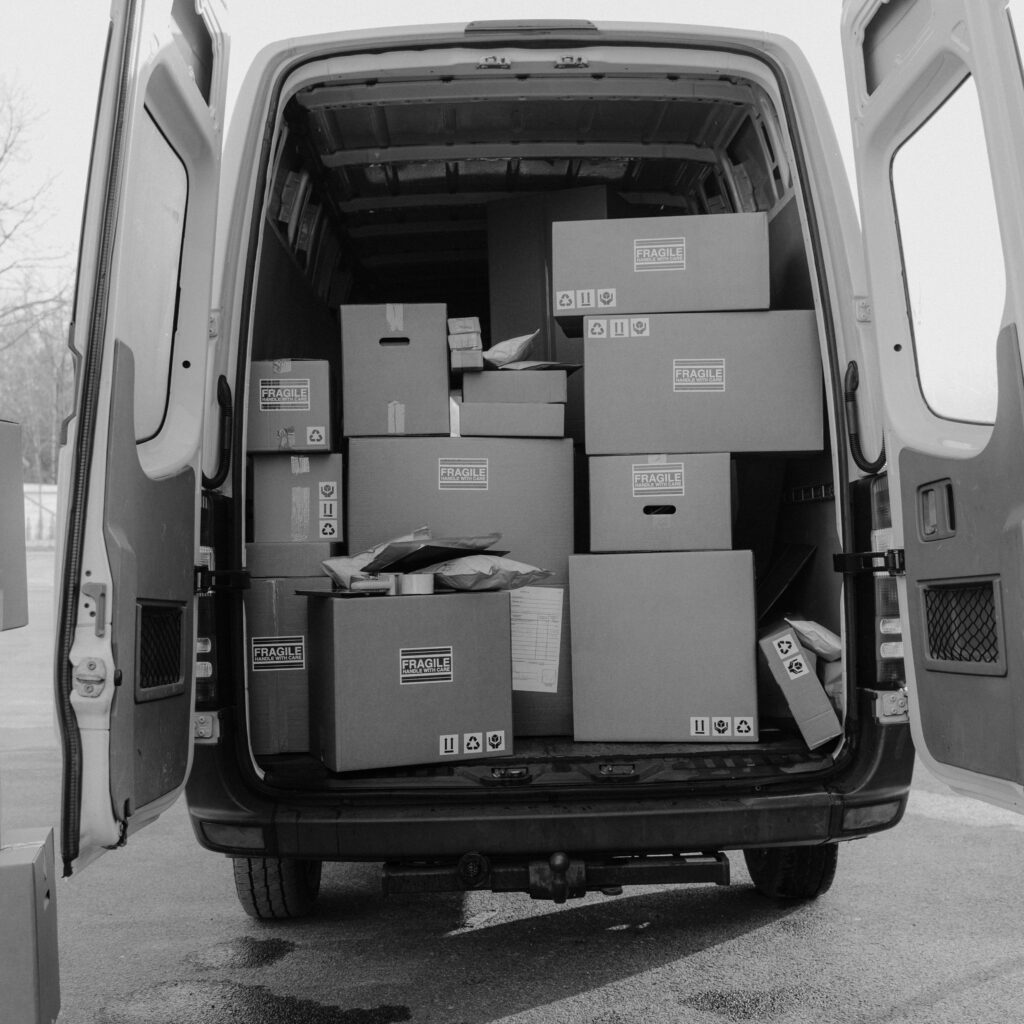
Urban logistics
Freight transport is also relevant when it comes to policies to drive the transition to sustainable urban mobility. With delivery and servicing plans, freights are optimized, reducing the traffic with a smarter loading of freight vehicles. This is enhanced also by the urban centers and logistic facilities, in which freights are collected, and optimized for the last-mile delivery.
For the last-mile delivery, trucks and vans can be used, but also cargo-bikes have a role: faster in the urban traffic, less dangerous for other people, and less pollutant, they are an excellent alternative to the Heavy and Light Duty Vehicles.
Urban delivery centers ■ Delivery and servicing plans ■ Cargo bikes delivery services ■ Legal and regulatory framework of urban freight transport
MOMOS supports the analysis of
pathways towards sustainable urban mobility
The MOMOS model is developed and applied by TRT Trasporti e Territorio.
Contact us to explore the potentiality of this tool.